Bishamon Sake

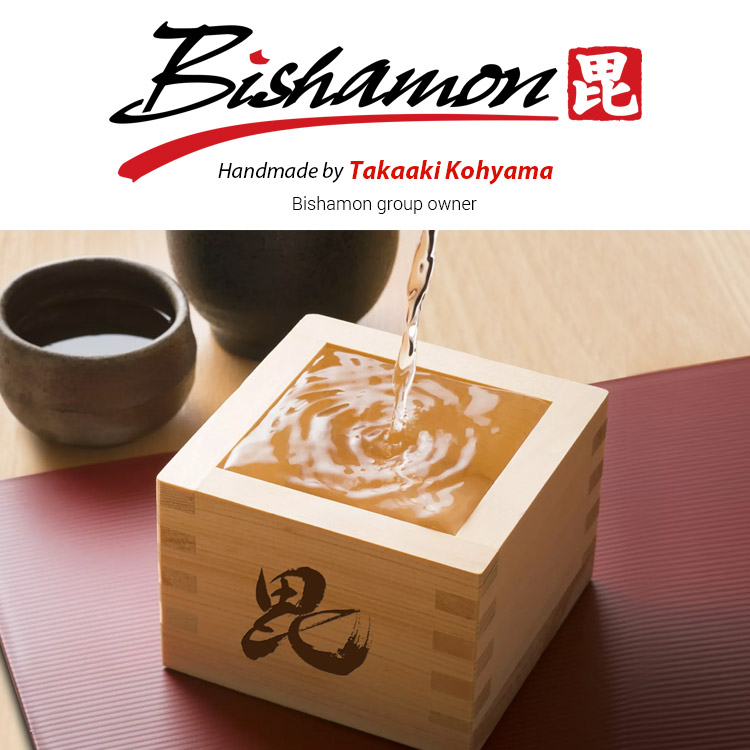
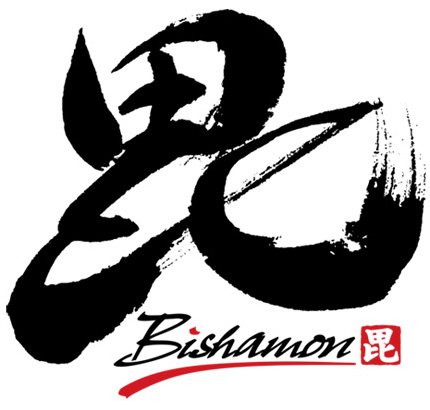
Bishamon Sake Story
Bishamon Group owner “Takaaki Kohyama” went to the famous giant “Kikusui” sake brewing company to make the sake himself. He did his best to bring out the premium quality and delicious taste he was striving for.
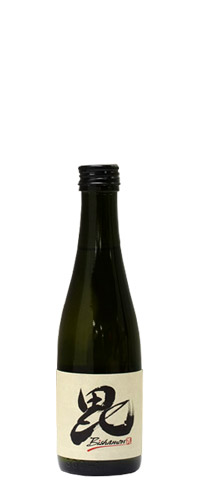
300ml
$26.00

720ml
$60.00

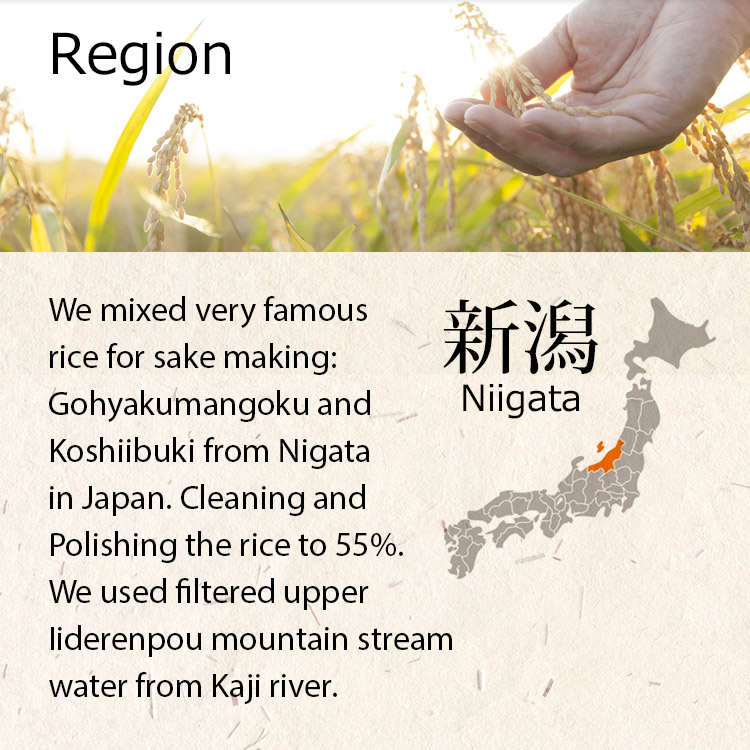
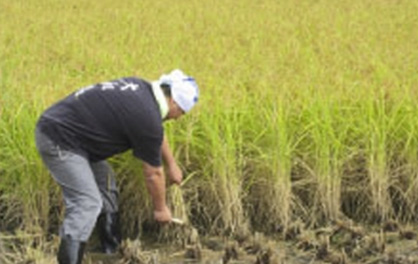

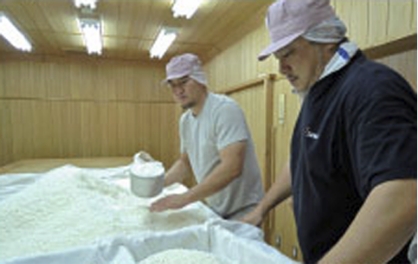
Characteristics
| Category | Junmai Ginjo |
| Taste | Mid-Dry |
| Flavor | Fruity Aroma |
| Alcohol | 15% |
| Rice Remaining Ratio | 55% |
| Japanese Sake Level (SMV) | 3.5 ~ 4.0 |
| Distributed | Bishamon Group |
| Imported | Mutual Trading Co,Inc. |
| Produced | Kikusui Sake Co.Ltd. |
Serving Temperature

Tasting Note

Blog
The History of Shochu
Almost everyone has heard of Japanese sake before, but what about shochu? Shochu is another of Japan’s traditional alcoholic beverages that, much like sake, comes in a huge variety of flavors and types. Shochu production started about 500 years ago in southern Japan. An authentic Japanese spirit resulted from a combination of the basic sake […]
Read More…about The History of Shochu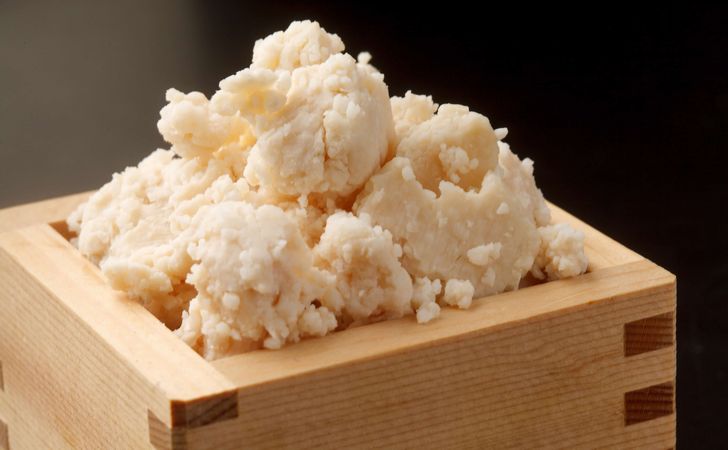 2023/04/10
2023/04/10 What is “Sake Kasu”?How is it made and used?
Sakekasu refers to the by-product produced in the production process of sake.When making sake, sake Kasu are squeezed from fermented Moromi (Fermentation mash) , and the solid material left at that time is Sake Kasu. Ingredients and ingredients of Sake Kasu Sake Kasu are produced in the process of making sake, and are made […]
Read More…about What is “Sake Kasu”?How is it made and used?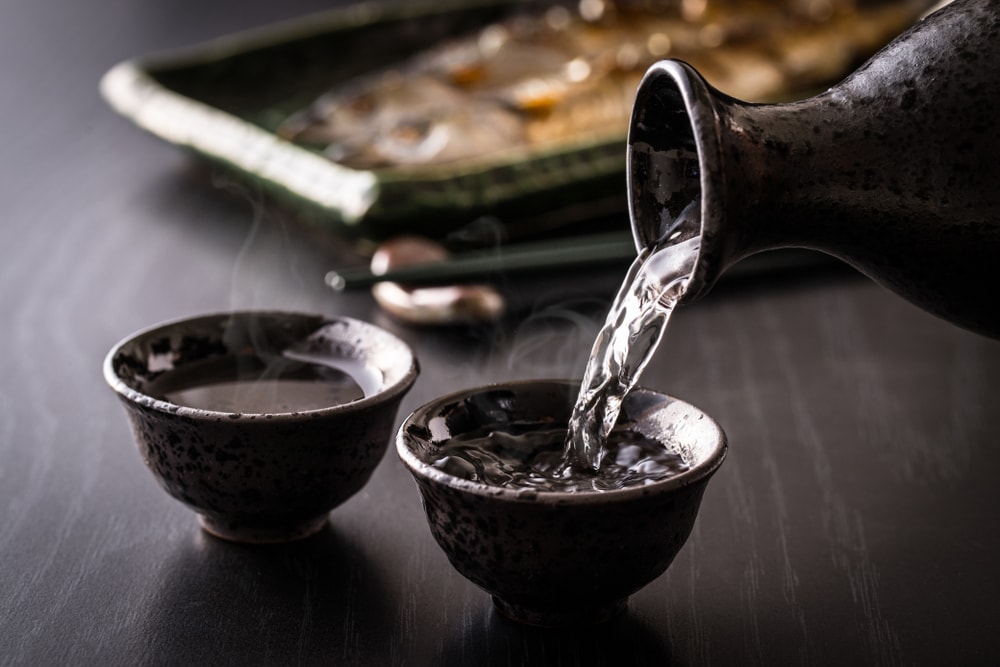 2021/07/13
2021/07/13 Reizake, Kanzake … The taste of sake that changes with temperature.
The taste of Japanese sake changes with temperature. Japanese sake is a beverage whose taste and aroma change depending on the temperature. Some sake are suitable for Kanzake (hot sake), and on the contrary, some sake is better served as Reizake (cold sake). Today, we will introduce the changes in flavor of sake depending on […]
Read More…about Reizake, Kanzake … The taste of sake that changes with temperature.NEWSLETTER
Subscribe to our newsletters now and stay up-to-date from Bishamon Group.
NEWSLETTER